50 Years of Mercedes-Benz 300 SEL 6.8 AMG
Nowadays, Mercedes-AMG is a wholly owned subsidiary brand of Daimler AG and is responsible for the sporty model derivatives from Stuttgart. However, whether many drivers of the modern vehicles know the background of the company may be doubted. Even the meaning of the abbreviation AMG has been forgotten in many places. Yet it provides information about the company’s founders and the place where it all began: Hans Werner Aufrecht and Erhard Melcher founded AMG on June 1, 1967 in Großaspach, east of Ludwigsburg in Germany. In the early years, the company focused on engine tuning, with the main emphasis on Mercedes-Benz vehicles. With specially developed cylinder heads, sharper camshafts, finely balanced crankshafts and similar classic means of mechanical processing, AMG achieved significantly higher engine outputs. In 1976, the company, which had grown considerably in the meantime, moved to Affalterbach.
Tuning was unthinkable for Mercedes-Benz
From 1990, there was a cooperation agreement with Mercedes-Benz, through which jointly developed models were sold through the official dealer network of the Stuttgart brand. Subsequently, Daimler AG took over parts of the company in 1998 and the complete shares in 2005. A renaming to Mercedes-AMG GmbH makes it clear that there is a direct connection to Mercedes-Benz and Daimler AG. This successful partnership, however, wasn’t yet conceivable in the 1960s and 70s. Tuning and performance enhancements were unthinkable for the Swabian brand with the star on its radiator. The target customer profile was more likely to be gentlemen of a certain age who worked in the upper echelons of large industrial companies. Alternatively, royals or governments were also likely to buy a Mercedes-Benz. All the more surprising was the market launch of the 300 SEL 6.3, whose additional numbers indicated the displacement of the huge V8 engine. Despite comfort suspension, owners could annoy Porsche drivers with this sedan.
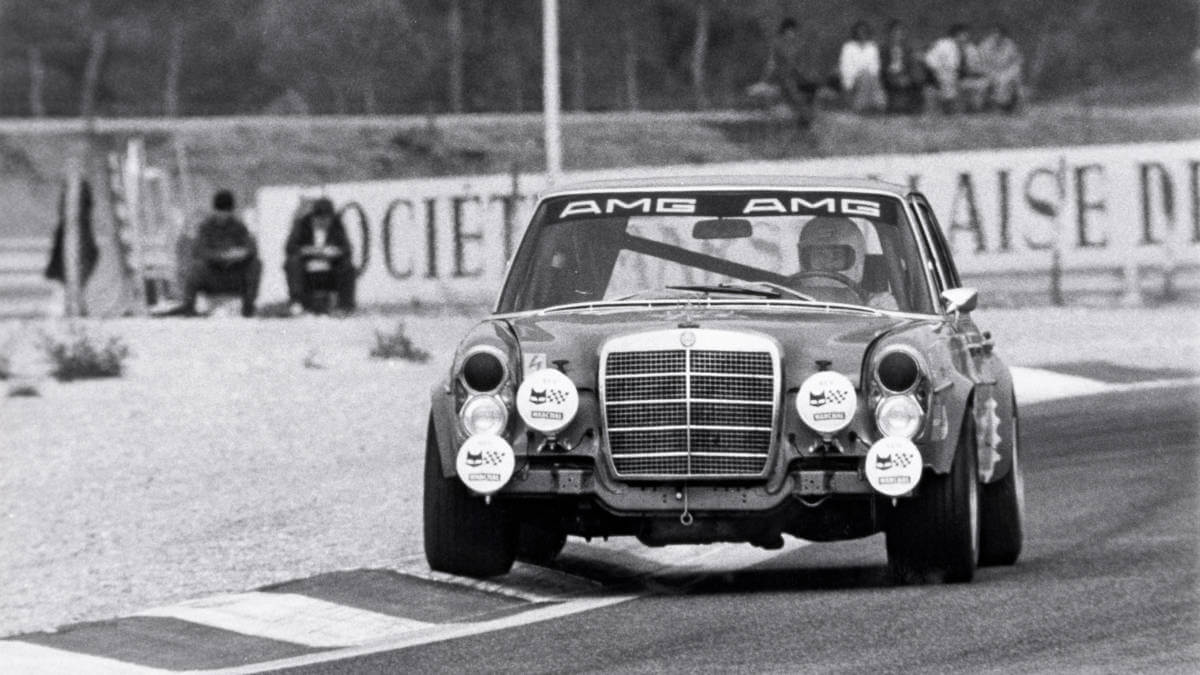



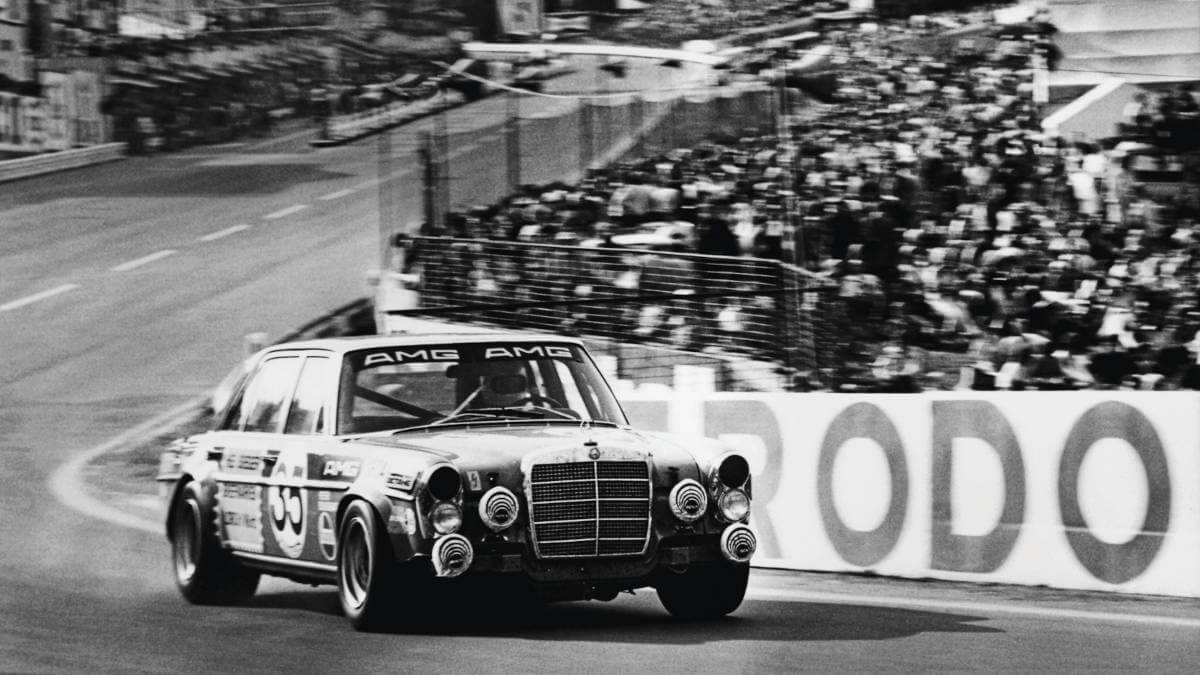



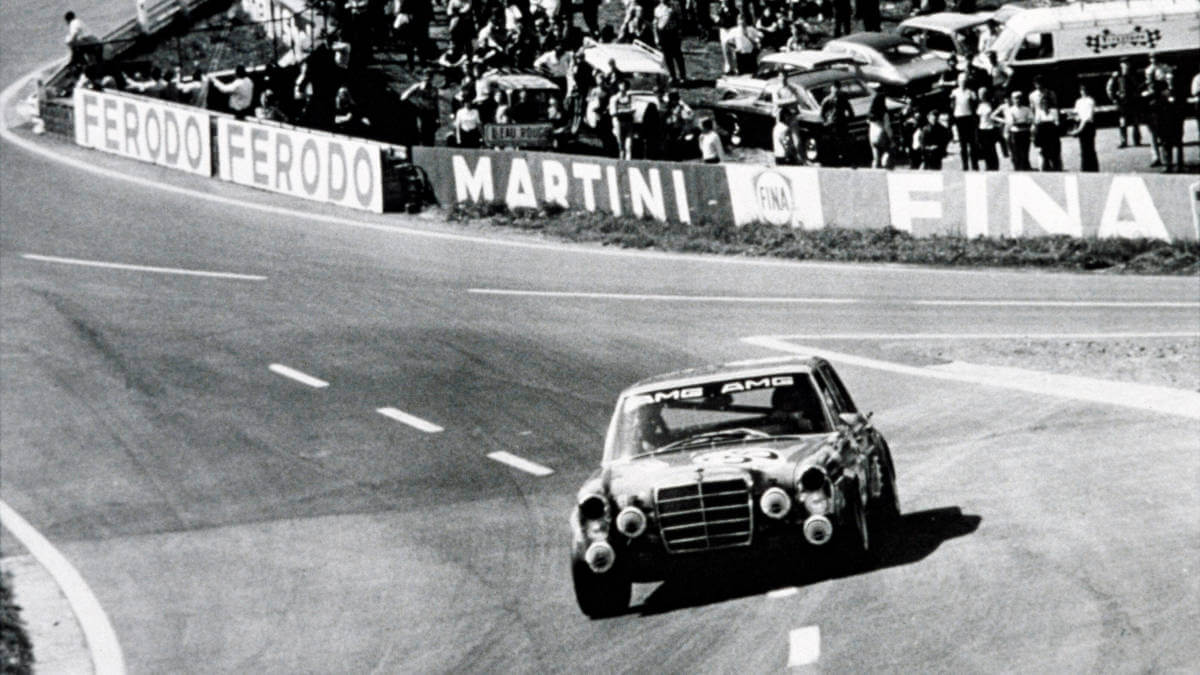



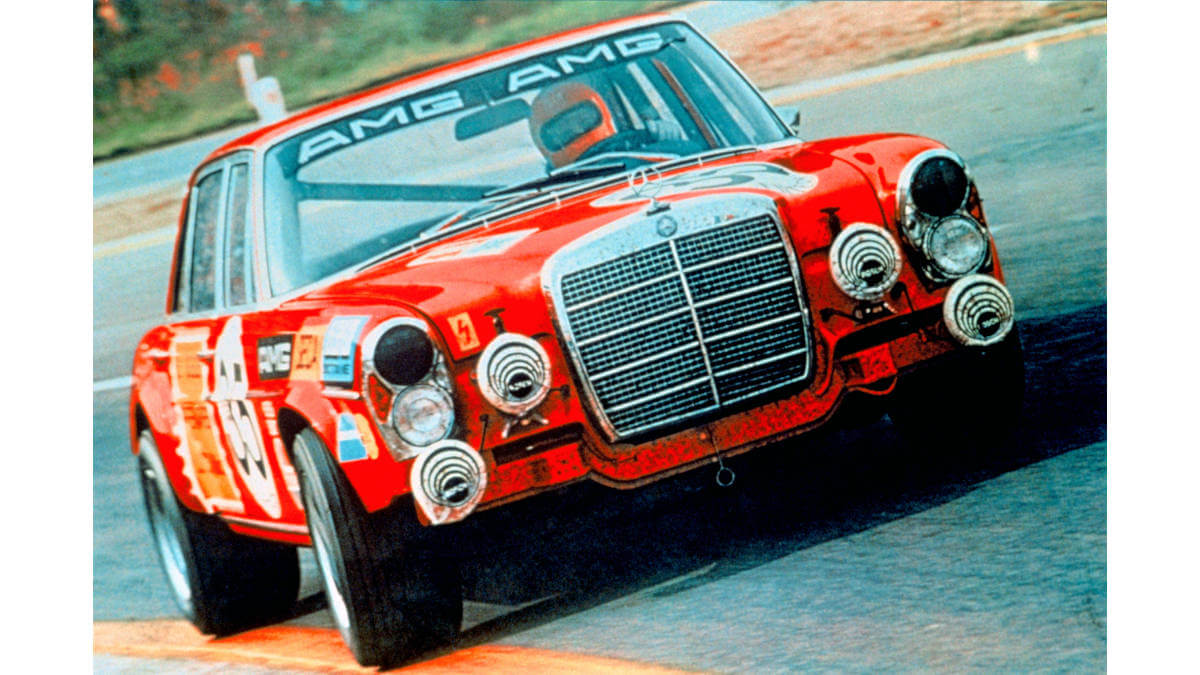



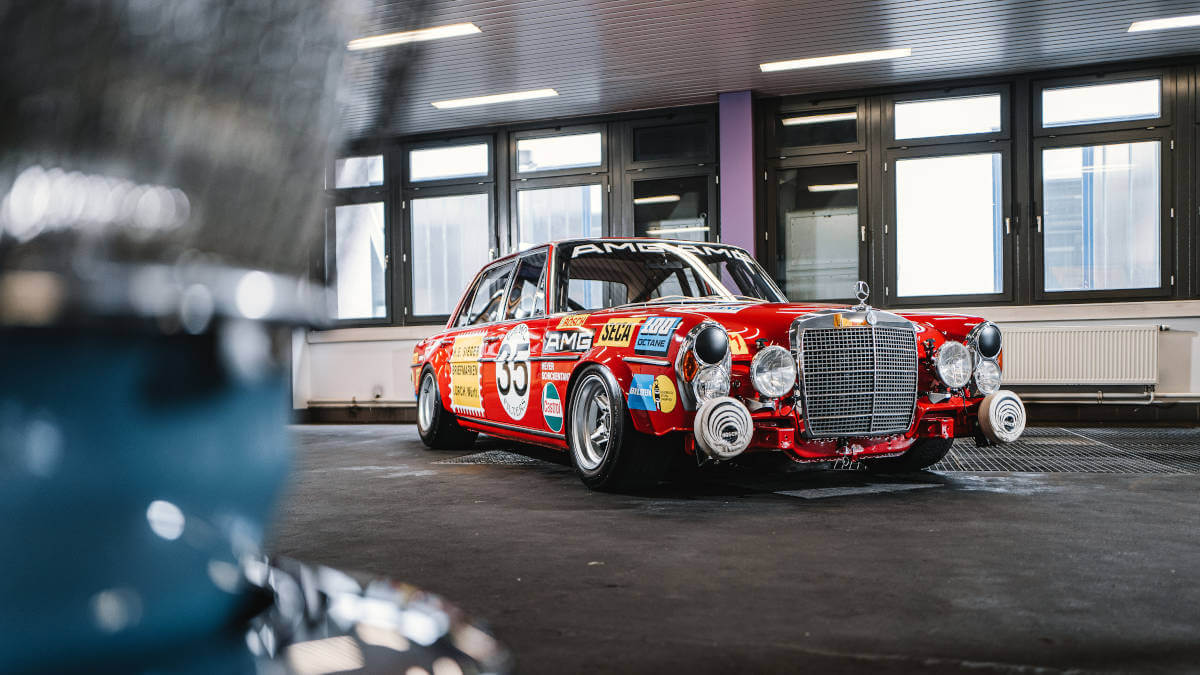



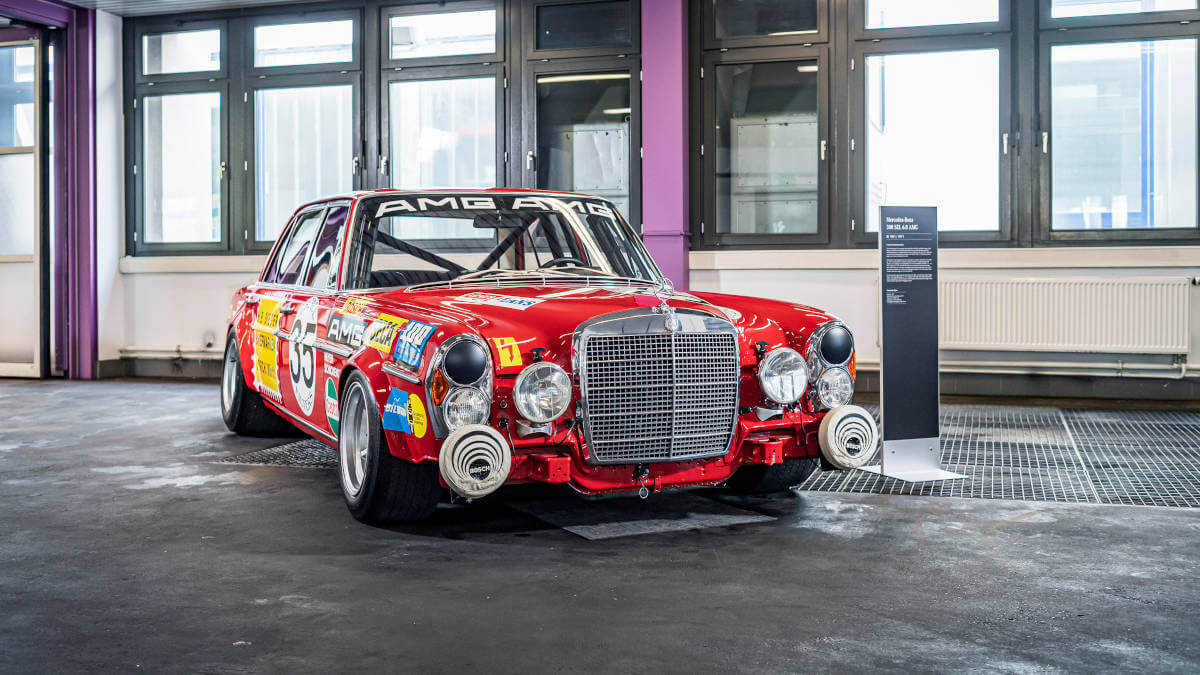



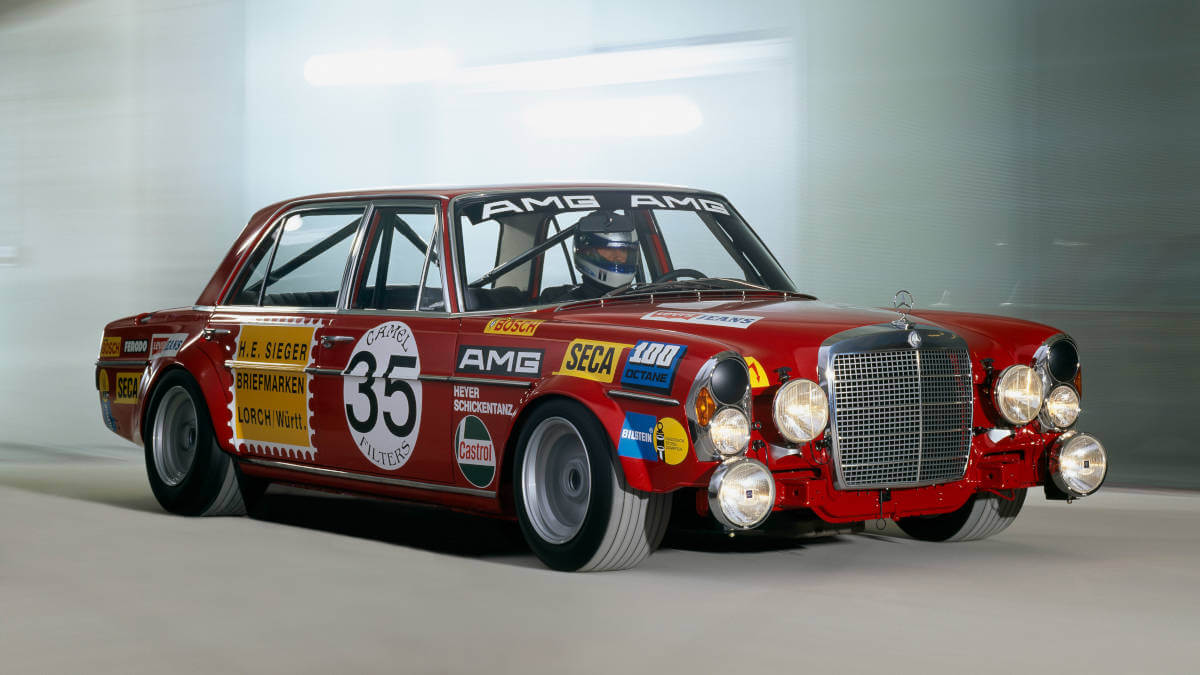



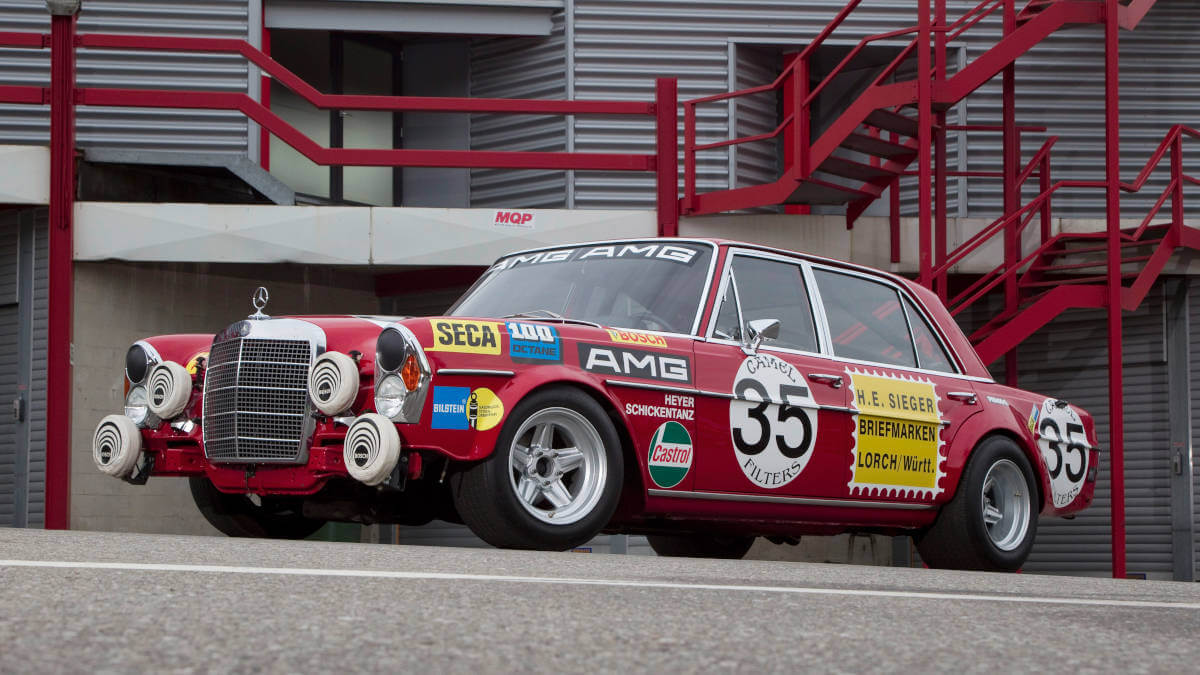



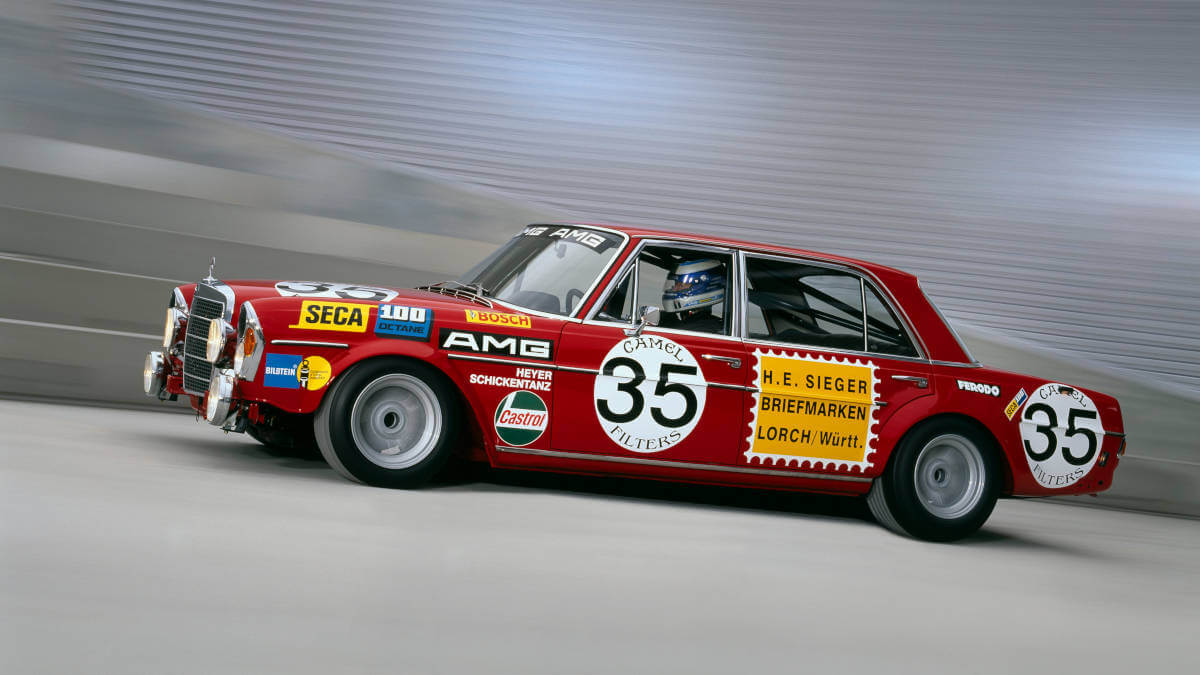



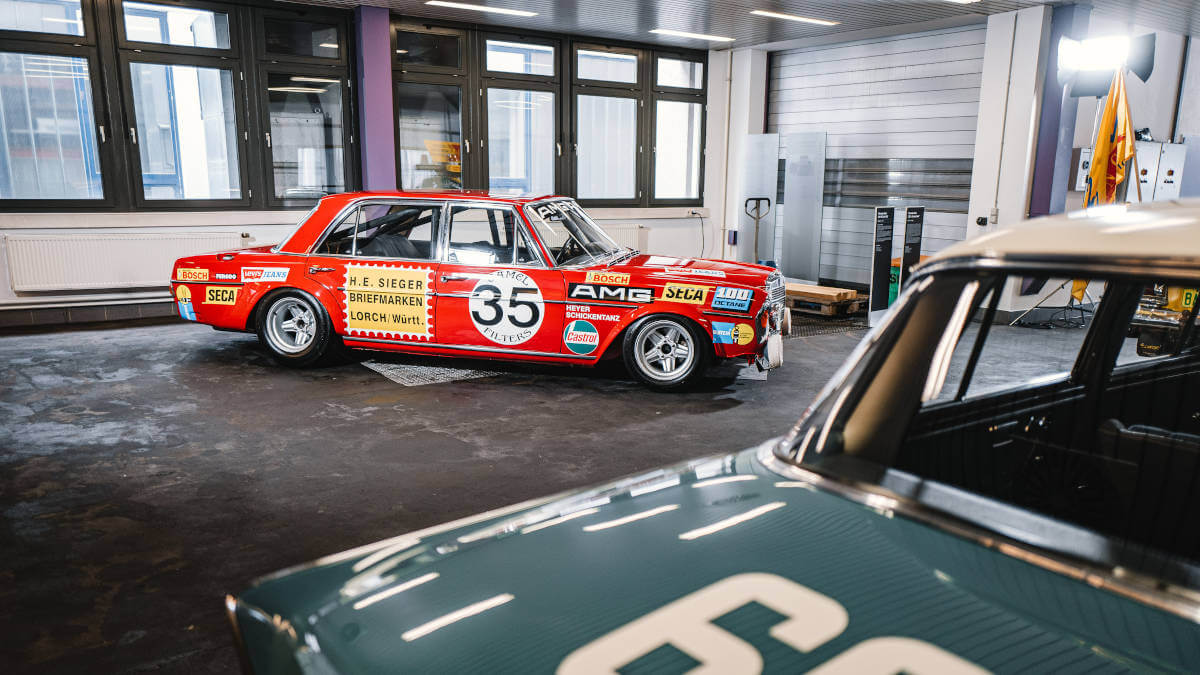



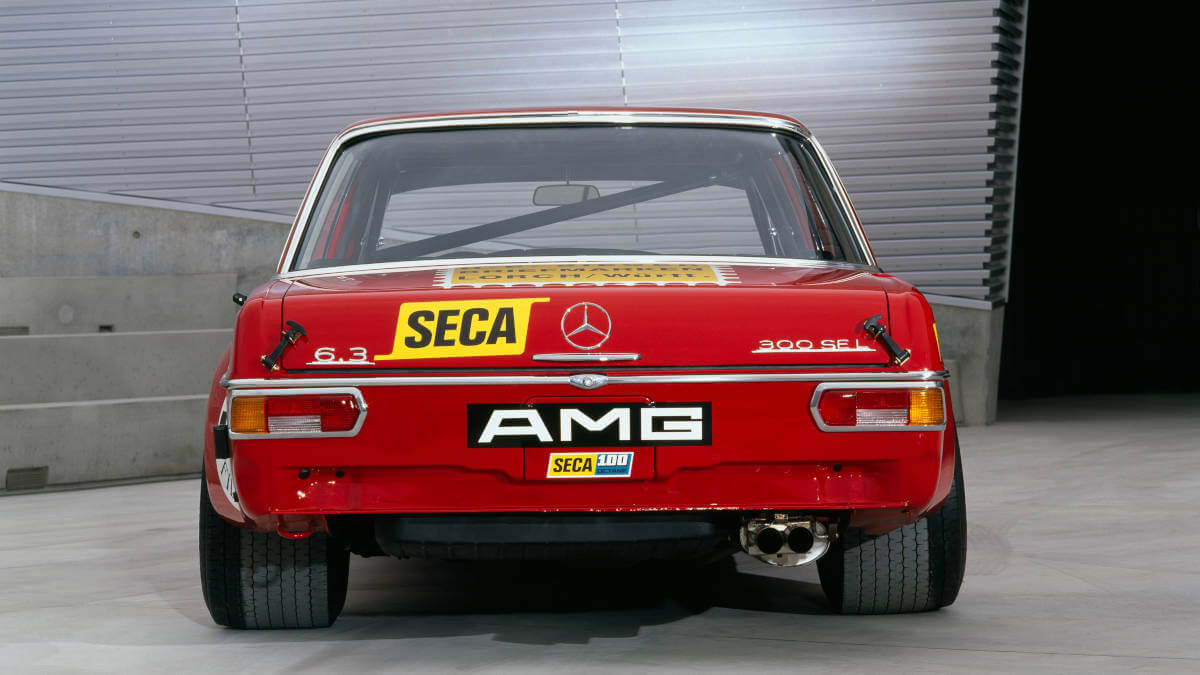



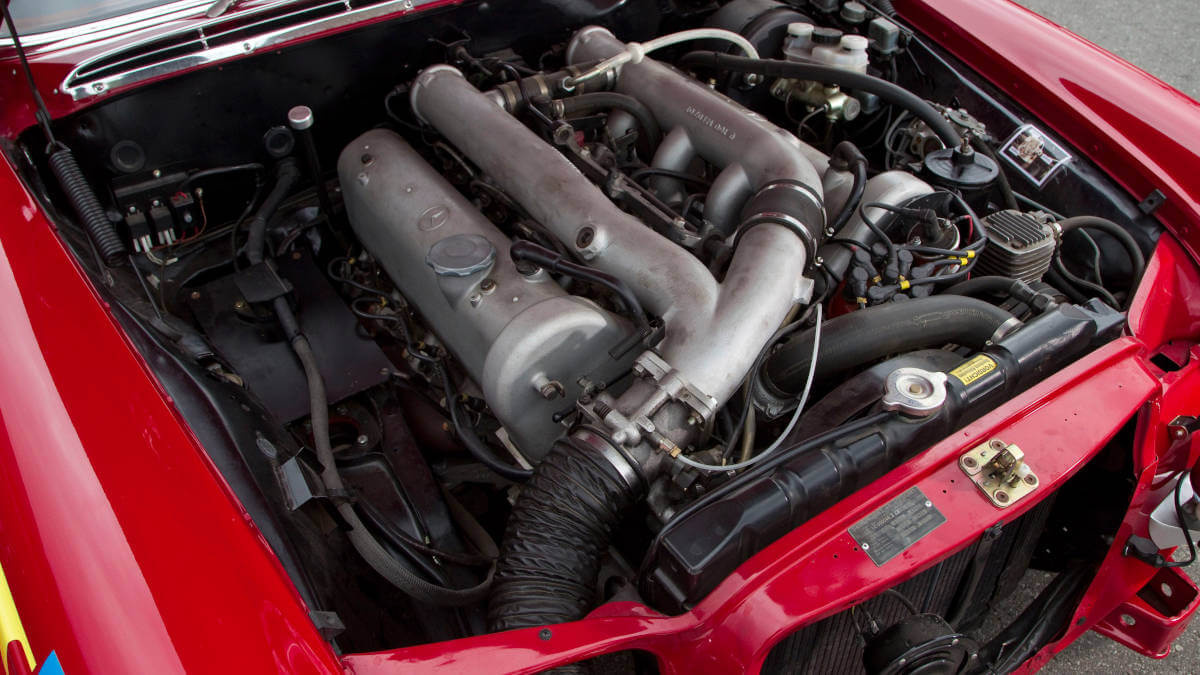



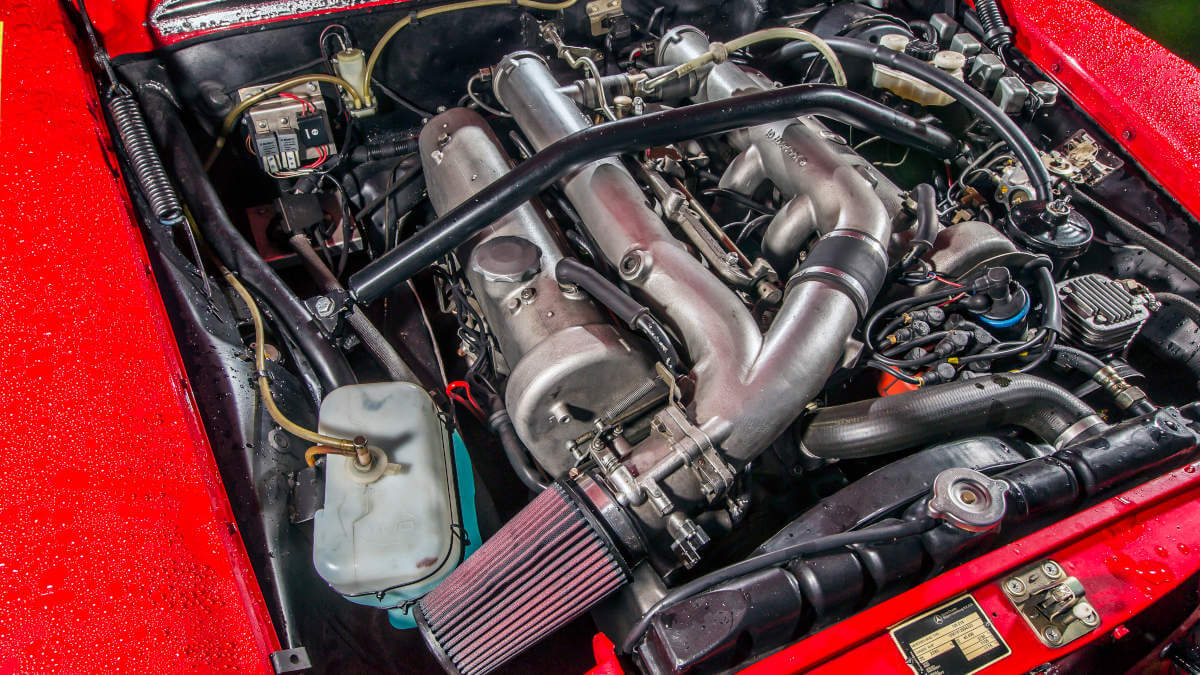



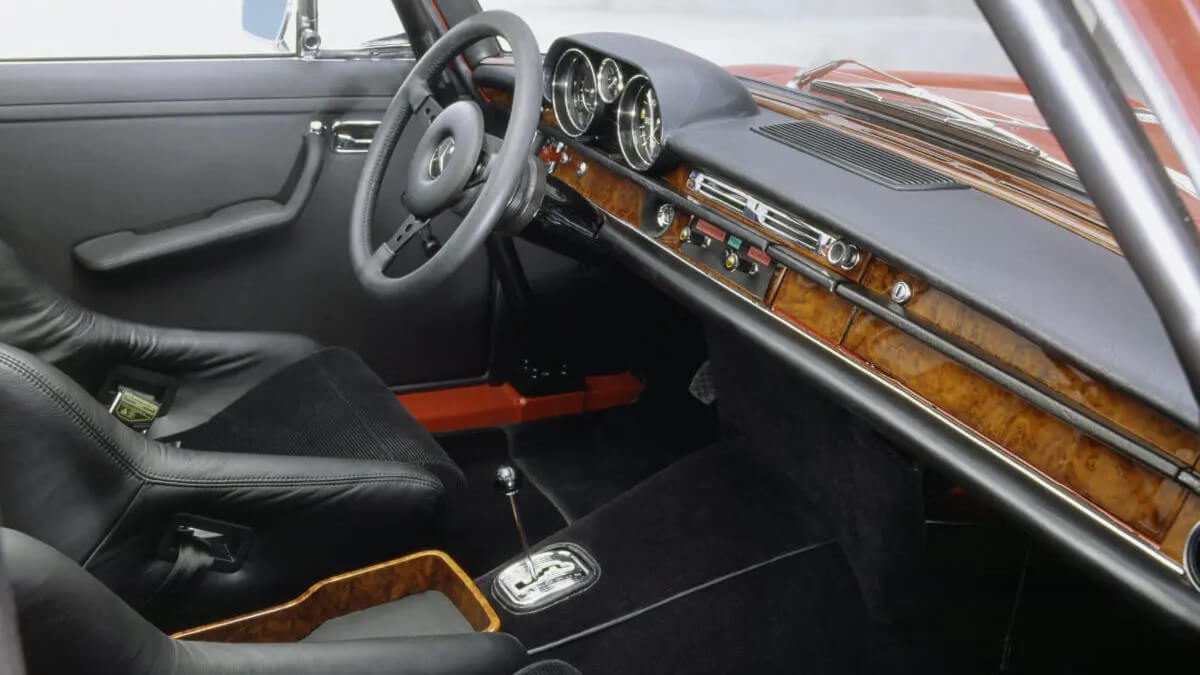



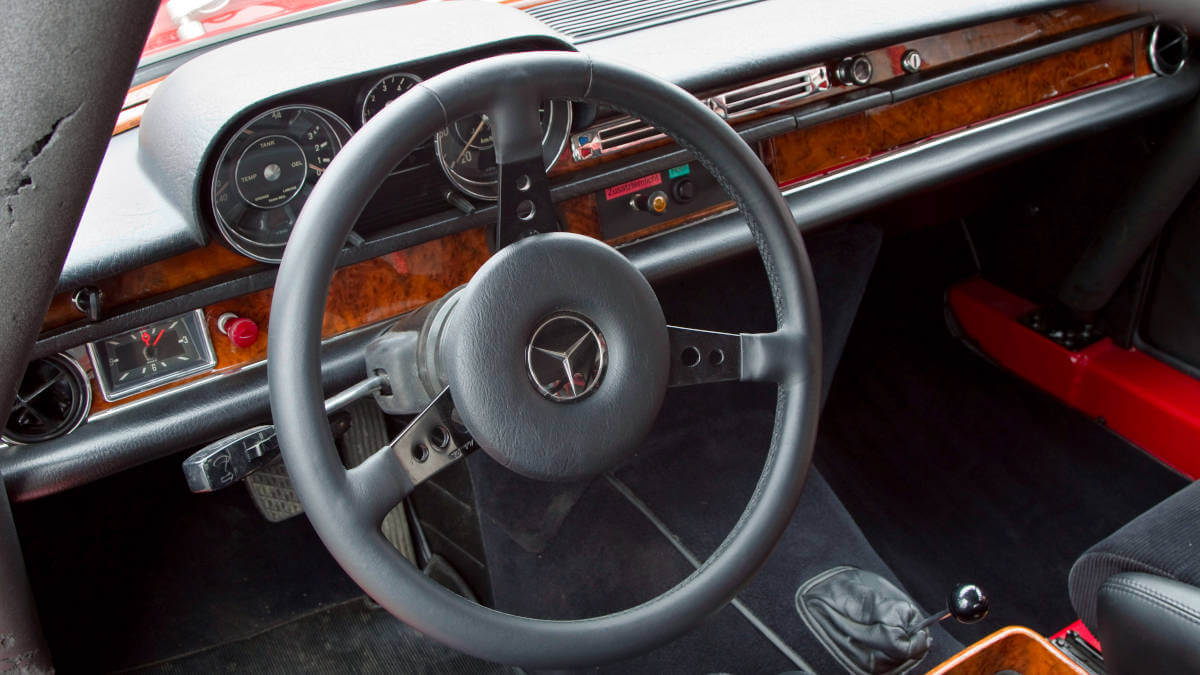



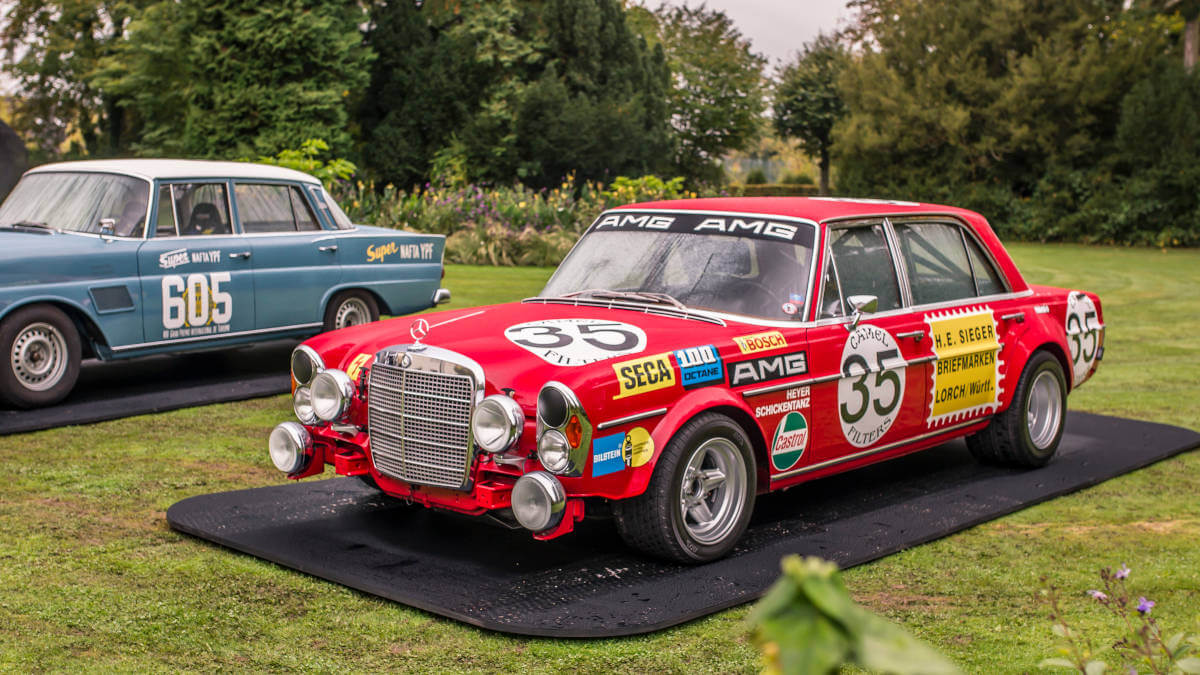



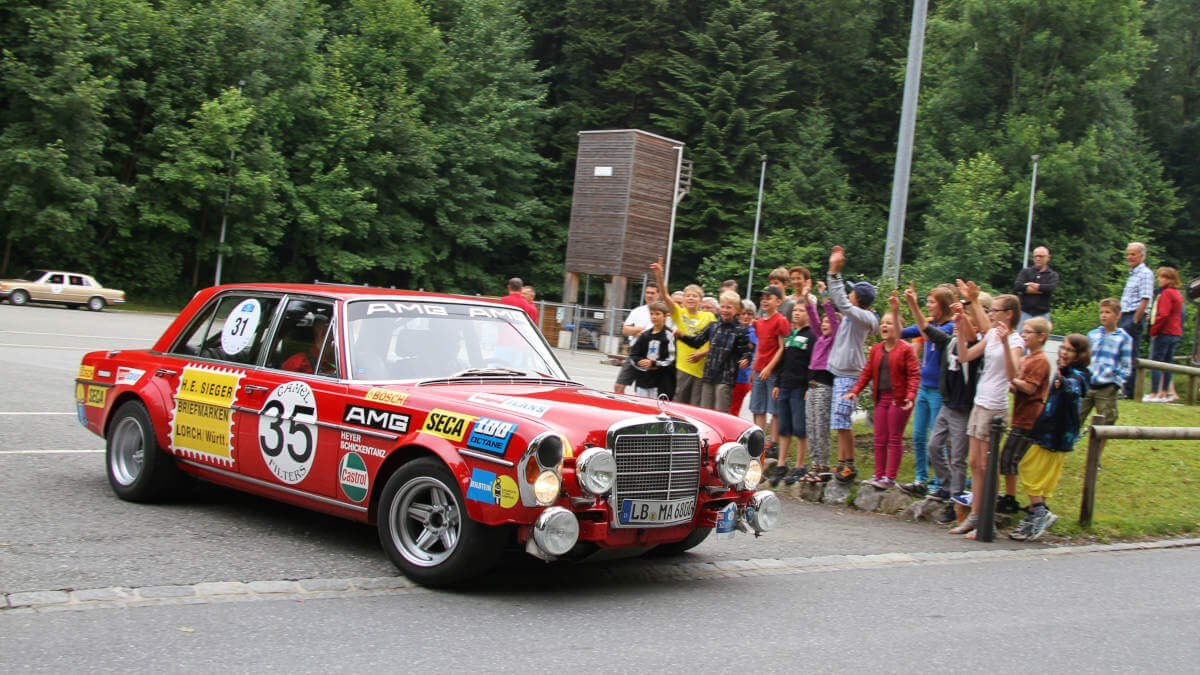



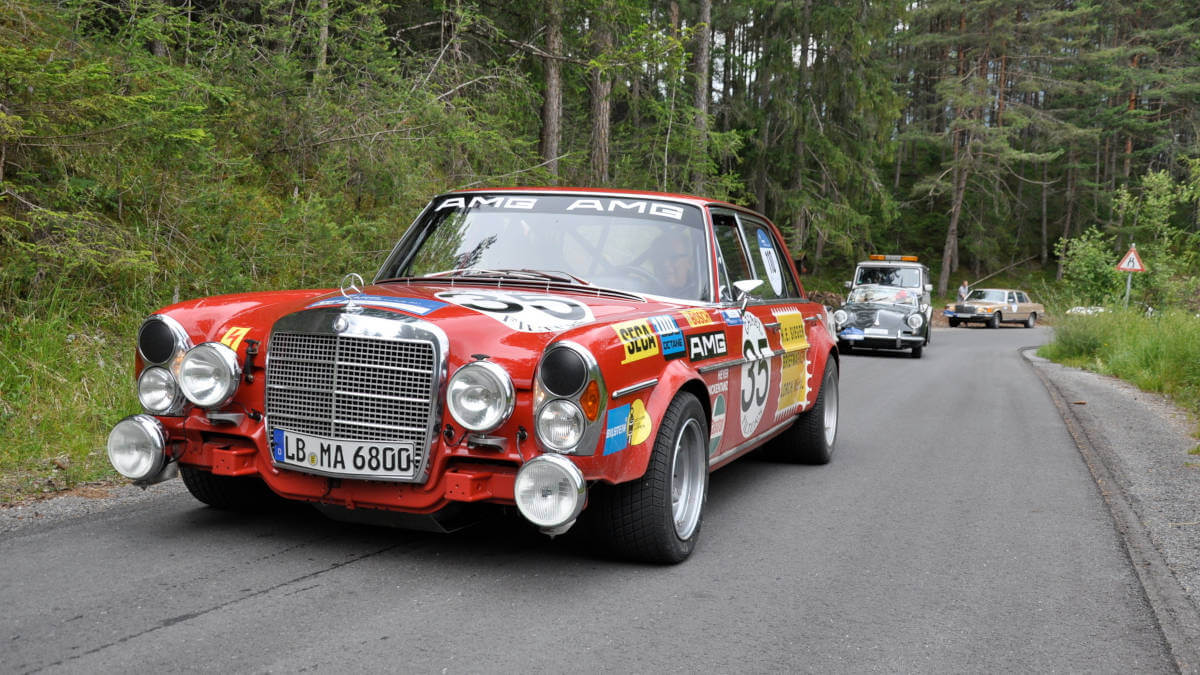



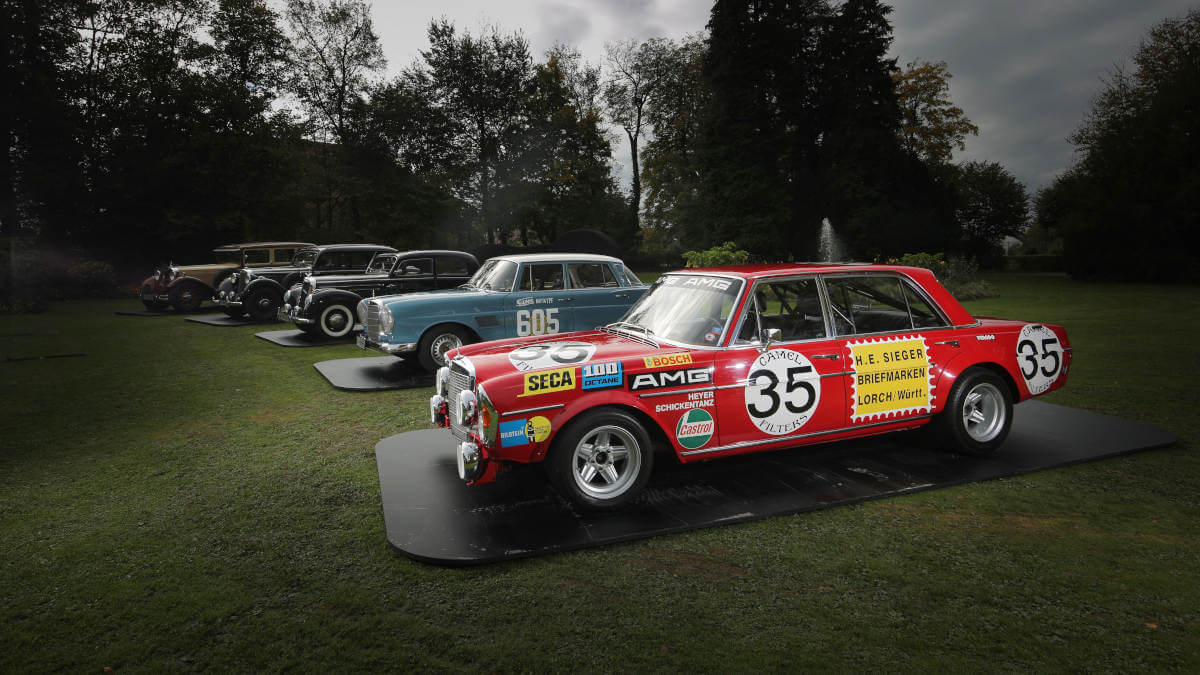



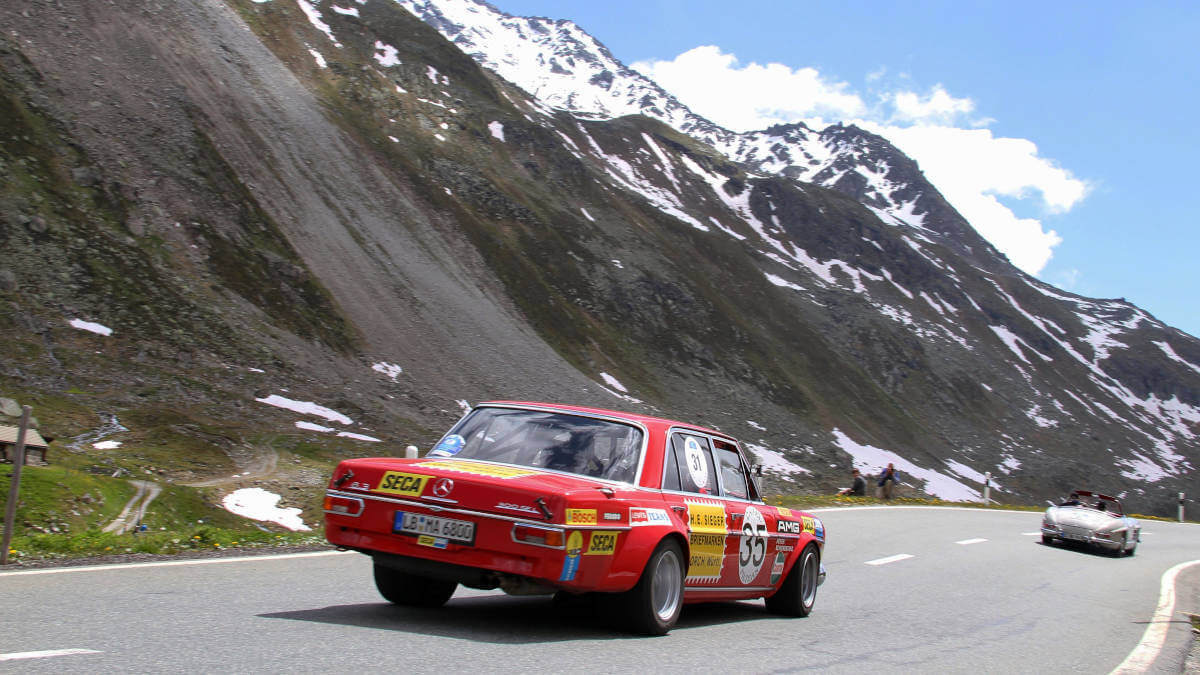



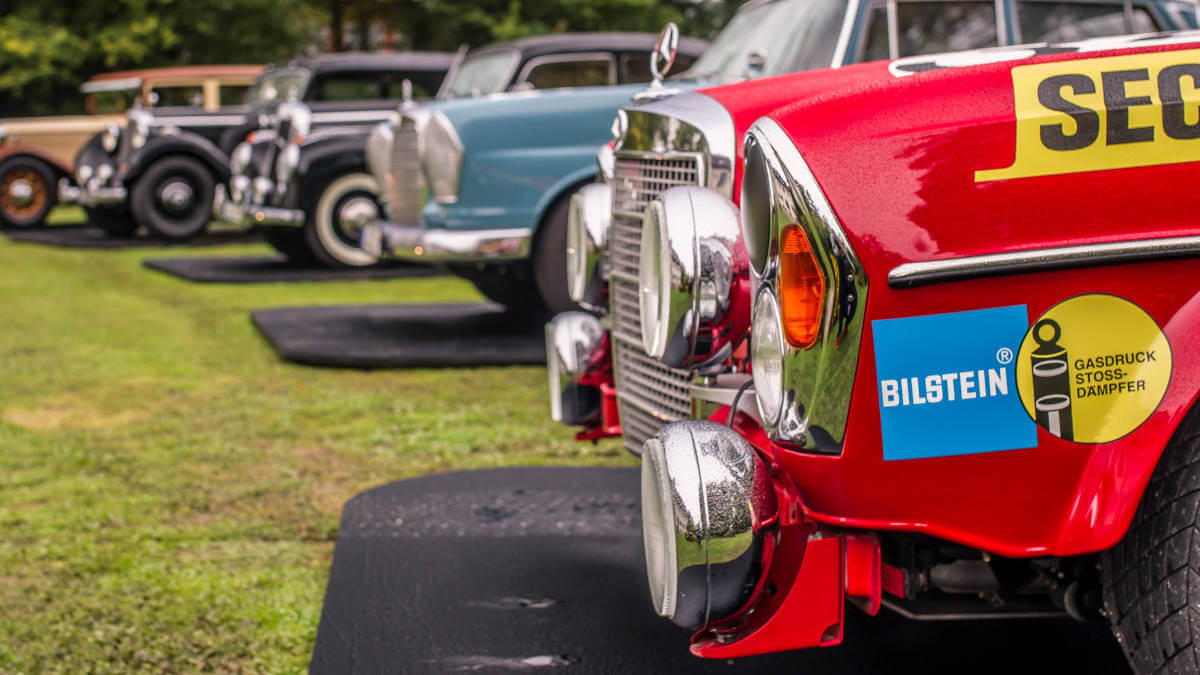



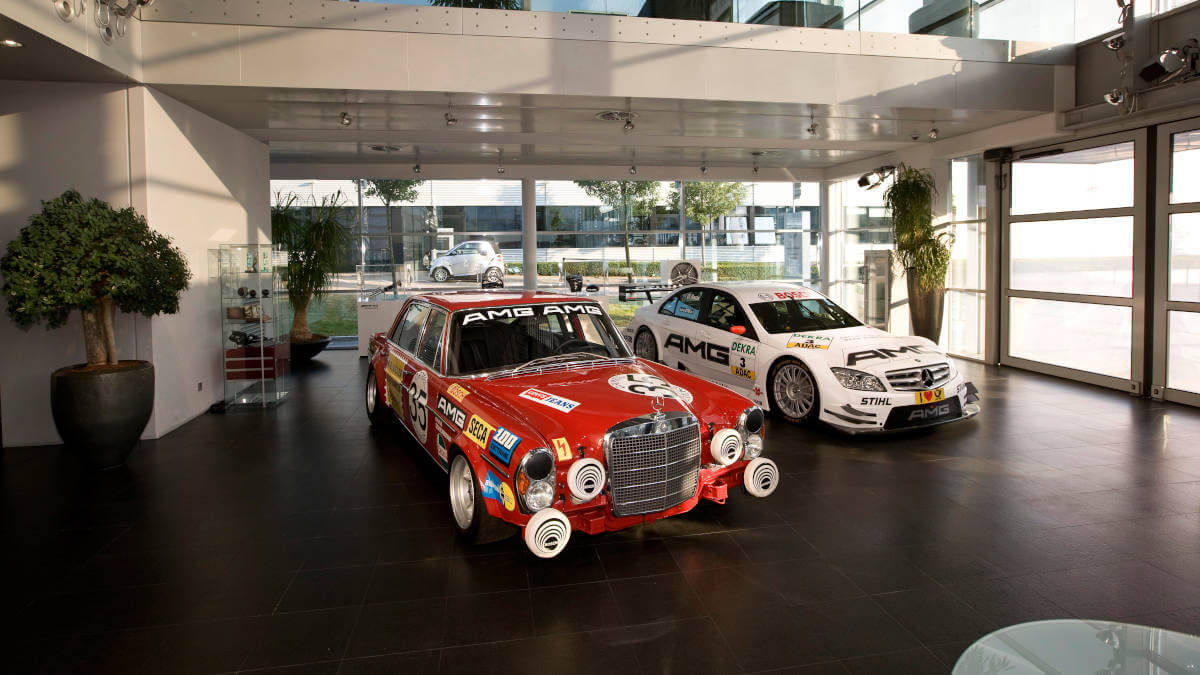



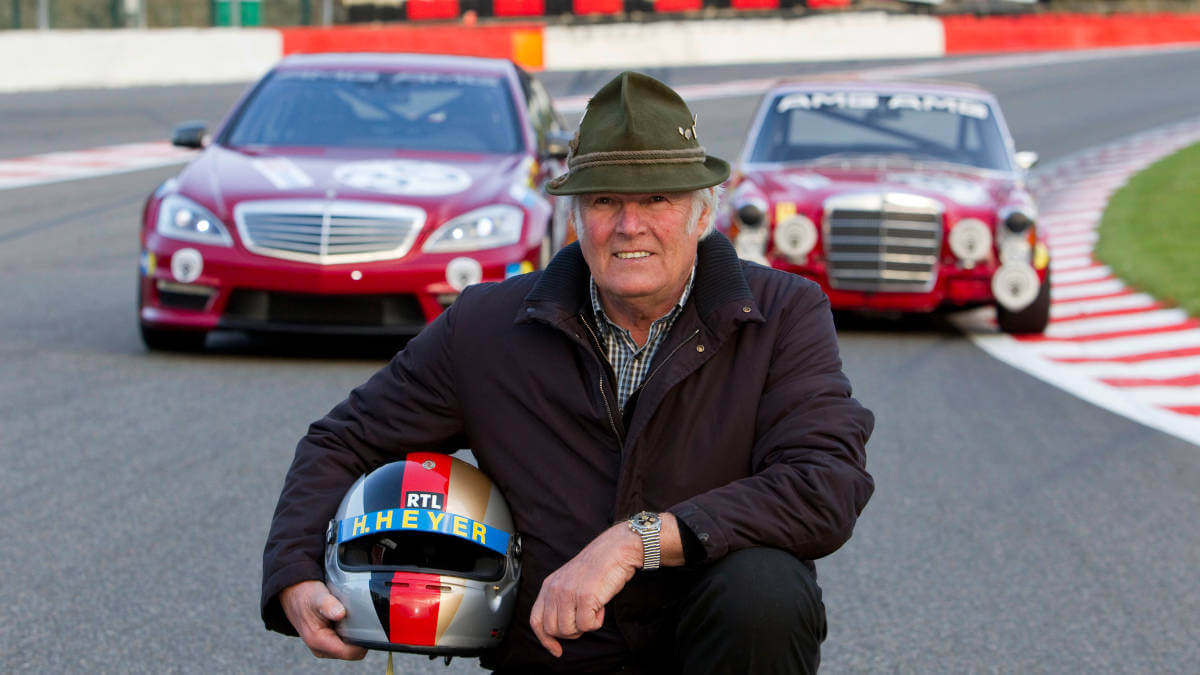



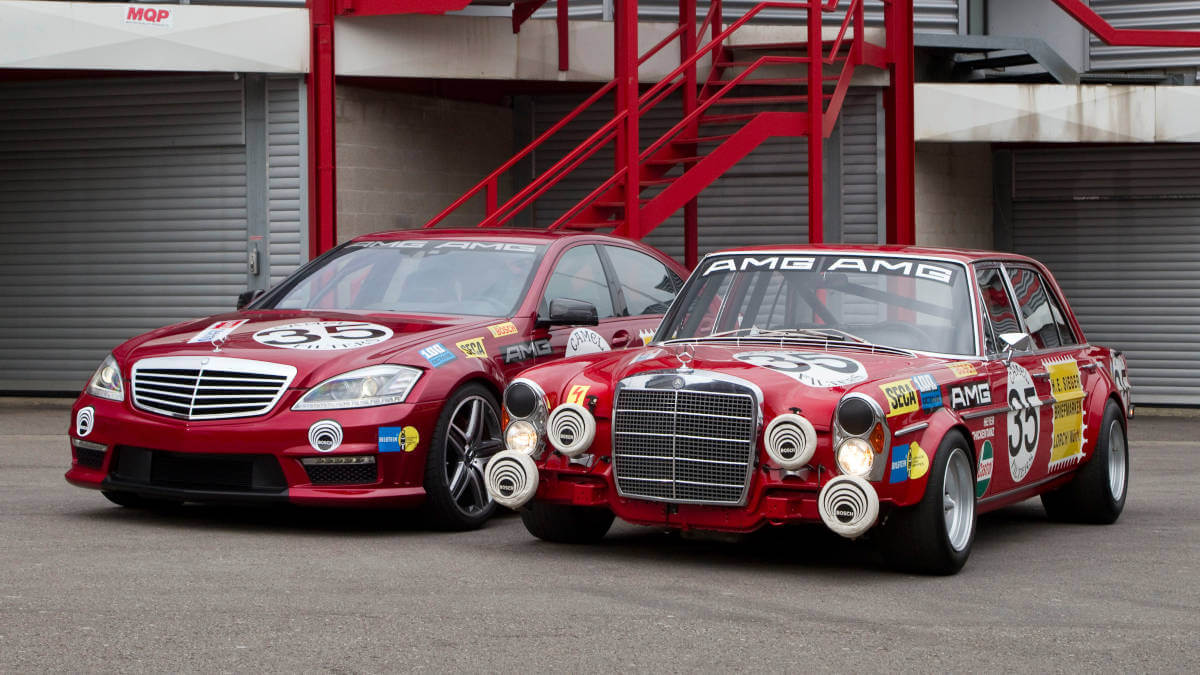



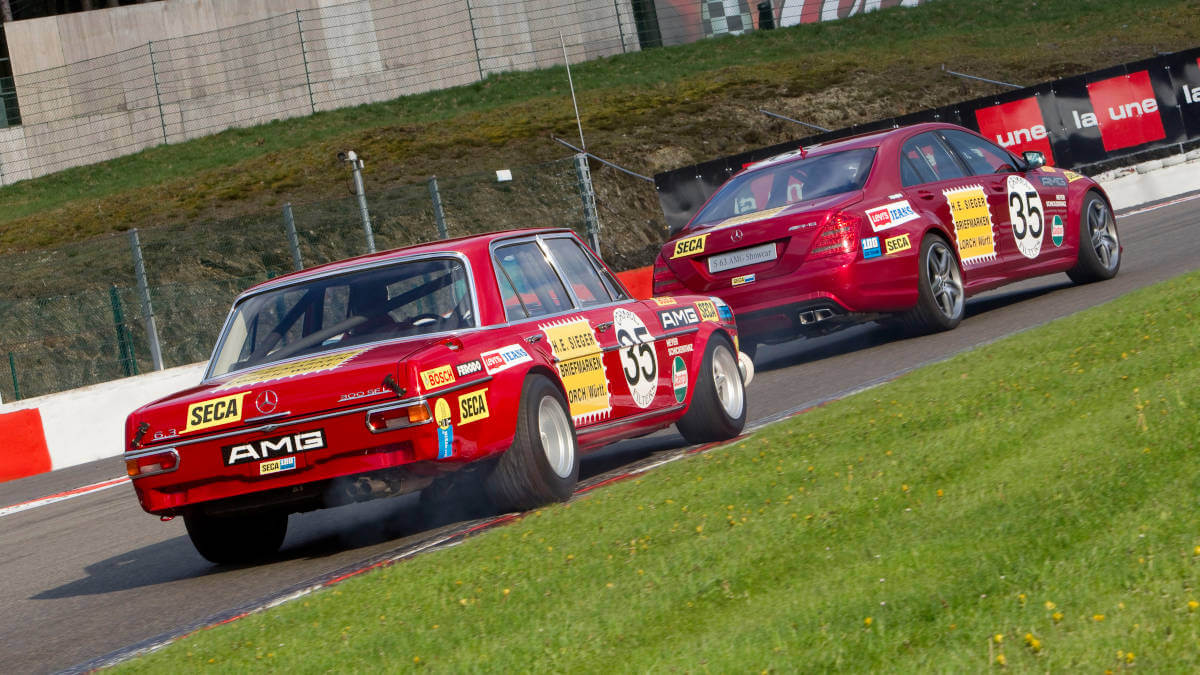



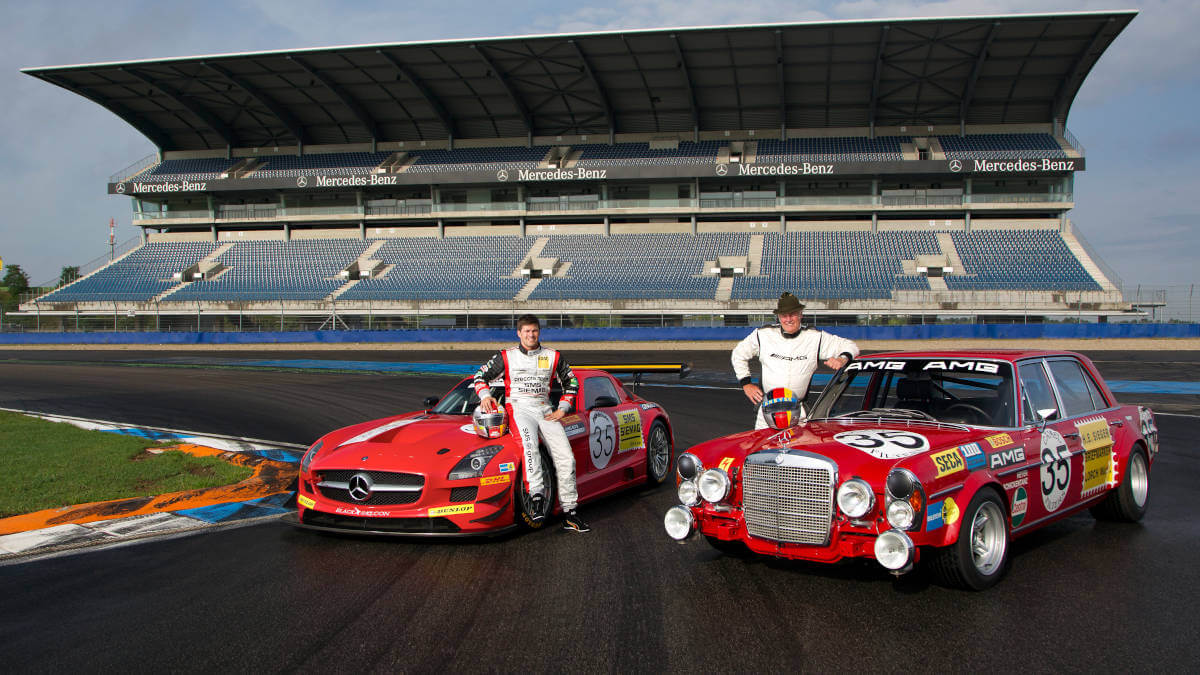



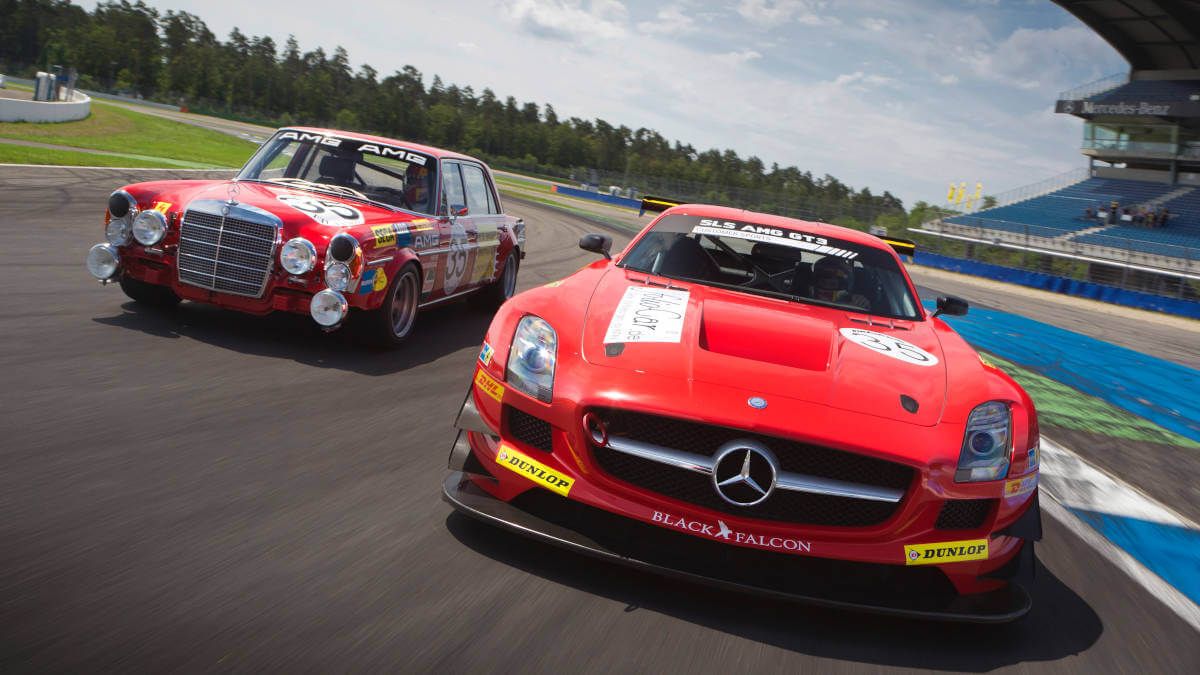



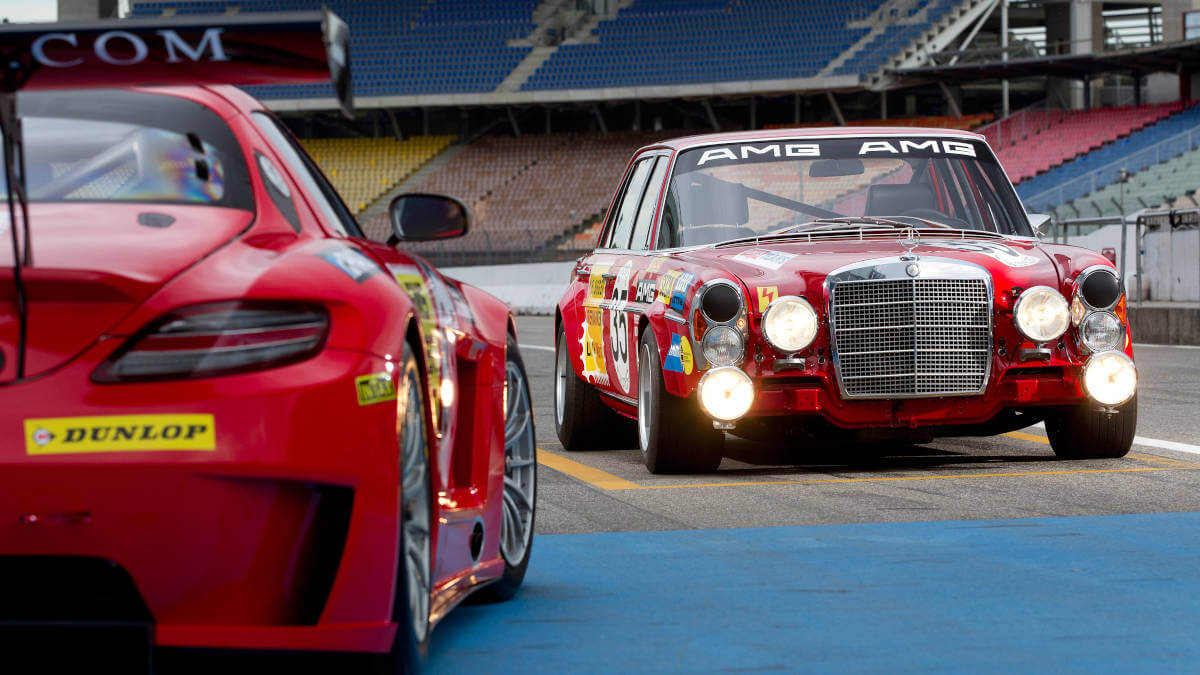



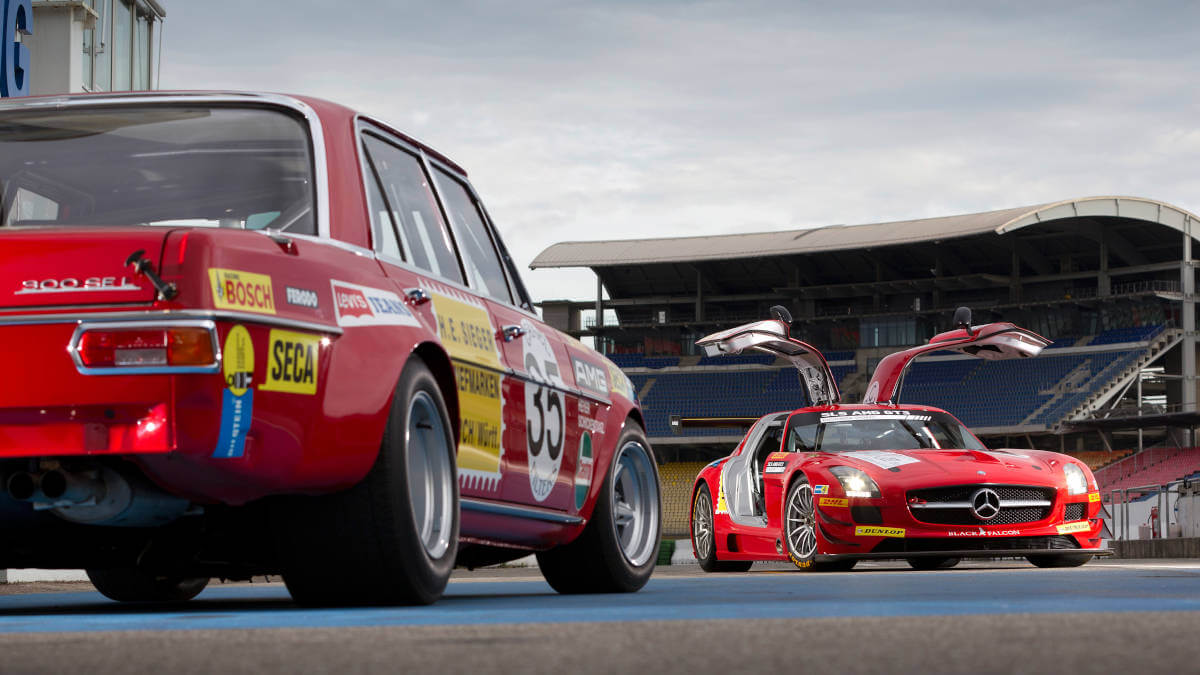



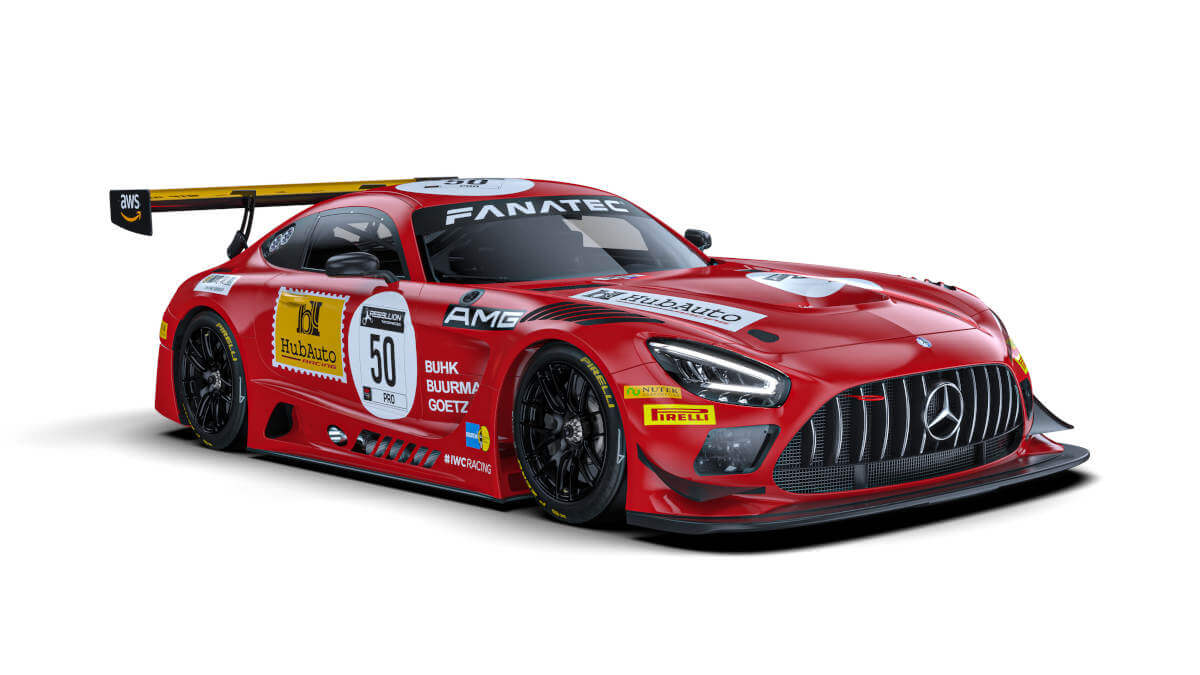



AMG racing version of the 300 SEL 6.3
At AMG, the slumbering reserves of this sports sedan were quickly discovered. 184 kW/250 hp and 500 Nm of torque were available ex works. They ensured an acceleration time from a standstill to 62 mph in 6.5 seconds and a topspeed of 140 mph. AMG not only found hidden power through classic engine tuning, they also increased the displacement by half a liter with relative ease. According to official figures, this increased the power rating to 315 kW/428 hp and 620 Nm. This meant the sedan could run at speeds of up to 165 mph. In addition to pure road cars, the team led by Aufrecht and Melcher also developed a racing version. This received bright red paint, some sponsor stickers, additional headlights and a roll cage. Equipped in this way, it went to the 24-hour race in Spa, Belgium, on July 24 and 25, 1971. Two years earlier, AMG had made a first attempt, but had stopped it after only three laps with tire problems. The competitors grinned accordingly.
Report in German TV news
However, they had done the math without the AMG team. They hadn’t only given the 300 SEL 6.8 more power, but had also thought about the brakes and chassis. In addition, the “Red Pig” was lightened by around 195 kilograms compared with the production car. The track layout of the then 14.863-kilometer Ardennes circuit suited the AMG perfectly. At the end of the race, the results list showed a sensational second place overall and a class victory. This led to AMG even being mentioned in the German TV news “Tagesschau”. After a few more races, AMG sold the “Red Pig”, whose trail has unfortunately been lost. In 2006 Mercedes-Benz built a replica true to detail, which can be seen at many classic car events. In addition, a then-current S 63 AMG in this livery was built in 2010, followed by an SLS AMG GT3 for the 2011 Spa 24h. A Mercedes-AMG GT3 in the “Red Pig” livery will also start at this year’s edition of the Spa 24h.
Images: Mercedes-Benz




